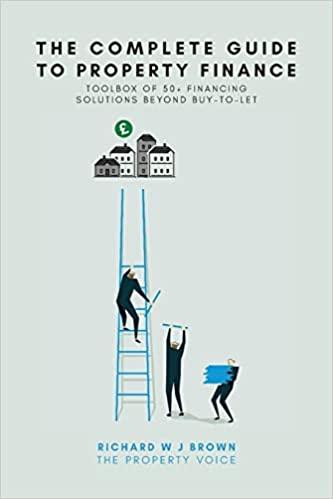Question
Assuming that you are buying two different coupon bonds: Alpha and Beta with following conditions: Alpha: face value (par value) = $1000 coupon rate= 10%
Assuming that you are buying two different coupon bonds: Alpha and Beta with following conditions:
Alpha:
face value (par value) = $1000
coupon rate= 10%
years to maturity= 5
yields to maturity (interest rate) = 10% the current price of Alpha bond, Pa=?
Beta:
face value (par value)= $1000
coupon rate=10%
years to maturity= 3
yields to maturity (iterest rate)= 10% the current price of Beta bond, Pb=?
a- What are the prices of Alpha and Beta bonds?
b- Now assume that at the beginning of the second year the interest rate in the financial market increases to 20%. What will be the new price of each bond? What would be the prices of these bonds if at the interest rate was the same as 10% ? (Note: Now, the years to maturity for Alpha is 4 years, and for the Beta is 2 years.)
c- What are your conclusions from part b
d- Calculate the rate of return for each bond between the first year (t) and the second year (t +1) when interest rate increases to 20%?
e- What is the rate of capital gain/loss of each bond?
f- If the interest rate declines, which would you rather be holding, the long-term bond (Alpha) or short-term bond (Beta)? Why? Which type of bond has the greater interest-rate risk?
Step by Step Solution
There are 3 Steps involved in it
Step: 1

Get Instant Access to Expert-Tailored Solutions
See step-by-step solutions with expert insights and AI powered tools for academic success
Step: 2

Step: 3

Ace Your Homework with AI
Get the answers you need in no time with our AI-driven, step-by-step assistance
Get Started


